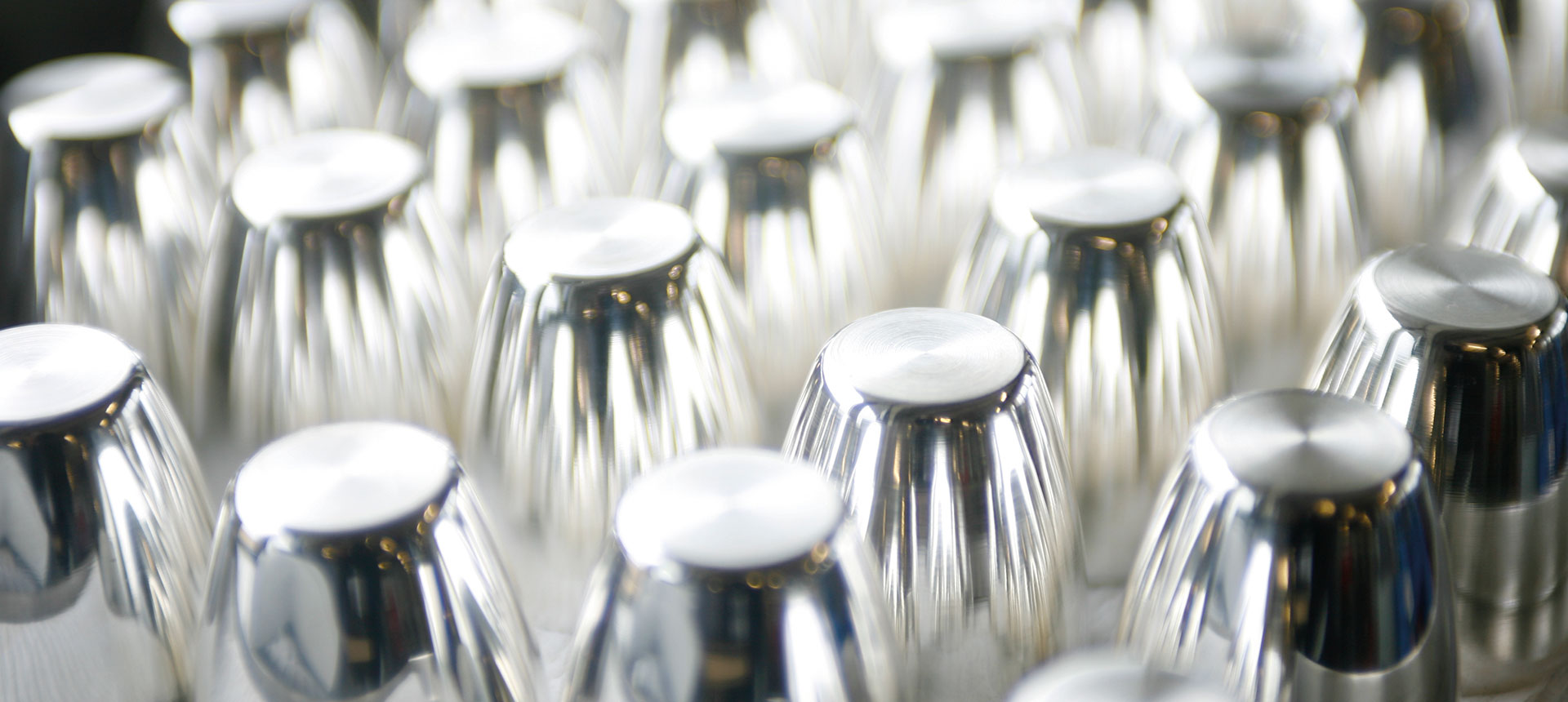Johnson Matthey publishes latest PGM Market Report 2022
16 May 2022
The platinum market should move closer to balance in 2022, according to Johnson Matthey’s latest PGM Market Report. This provides an overview of demand for platinum group metals in 2021 and an outlook for 2022, in advance of the annual London Platinum & Palladium Market week.
Platinum demand growth will be driven by rising consumption in catalysts for heavy duty trucks, and increased use of platinum (in place of palladium) in gasoline autocatalysts. South African platinum supplies will contract by 9%, with plant maintenance at the country’s two largest PGM refiners, and mining activity hit by operational challenges. Industrial demand will remain robust, although it will retreat from the record levels seen in 2021 when Chinese glass companies purchased unusually large quantities of platinum.
Johnson Matthey’s report shows that the palladium and rhodium markets could move back into deficit in 2022, with lower South African supplies and downside risks to Russian shipments. Demand growth will be constrained by weak vehicle output, and cost-saving programmes by auto and industrial consumers. High prices have triggered significant thrifting by Chinese automakers, increased substitution of palladium with platinum in gasoline autocatalysts, and reductions in rhodium use by glass companies. Prices for both metals remained strong during the first four months of 2022, with palladium climbing to an all-time high of over $3,300 in March as supply concerns intensified.
Rupen Raithatha, Market Research Director at Johnson Matthey, commented: “We expect weak car output to moderate PGM demand growth in 2022. In recent months we’ve seen repeated cuts to vehicle production forecasts, due to semiconductor shortages and supply chain disruption. There could be further downgrades to come, especially in China, where Covid disruption led to stoppages at some car plants during April. However, PGM supplies are also under pressure, with Russian shipments facing logistical and commercial hurdles, and South African mines losing production due to extreme weather, electricity shortages, safety stoppages, and intermittent labour disruption.”
Industrial demand for platinum is forecast to fall short of 2021’s record level, because some of the platinum required for this year’s fibreglass expansions was acquired in advance. However, platinum consumption by the glass industry should remain robust by historical standards, reflecting the growing role of glass fibre reinforced materials in carbon reduction applications such as vehicle lightweighting and wind power. In contrast, glass sector demand for rhodium will be weak, with glass companies further reducing the rhodium content of alloys used in glassmaking equipment.
Stewart Brown, Research Manager at Johnson Matthey, said “Platinum alloys used in fibreglass production have traditionally contained 10−20% rhodium, to help glassmaking apparatus withstand extremely high temperatures. Using more rhodium allows for longer production campaigns, improves productivity, and reduces the frequency of recycling and refabricating equipment. Until very recently, 10% was widely regarded as the lower limit, but exceptionally high rhodium prices have driven some fibreglass companies to reduce the rhodium content of their alloys even further.”
Demand for PGM in the chemical industry is forecast to enjoy double-digit growth in 2022, reflecting continued investment in Chinese petrochemicals capacity. Total PGM consumption in China’s petroleum and chemical industries will rise by 12% and is set to exceed one million ounces for a fifth consecutive year. Johnson Matthey’s May 2022 PGM Market Report includes a special feature on the impact of Chinese industrial policy on PGM demand.
Jason Jiang, Johnson Matthey’s Market Research Manager for China, said: “The 13th Five Year Plan, which ran from 2016 to 2020, saw extensive modernisation of China’s petroleum refining industry, and massive investment in ‘building block’ chemicals used in many industrial products. This has generated significant demand for all the PGM, especially platinum. Since 2016, we estimate that over 7 million oz of PGM have been purchased by Chinese petroleum refiners and chemicals producers. Going forward, there is potential for new PGM use in energy transition applications such as lower-carbon fuels and chemicals. Using PGM process catalysts often allows for more energy efficient reactions, with fewer unwanted byproducts and reduced water consumption.”


